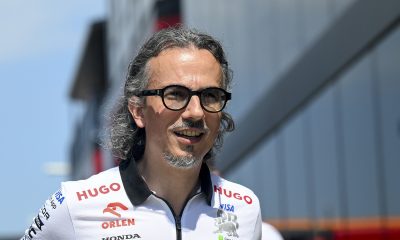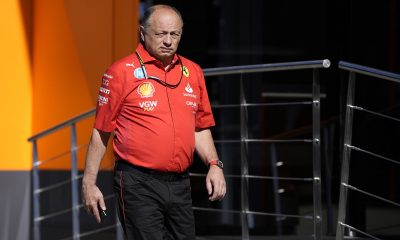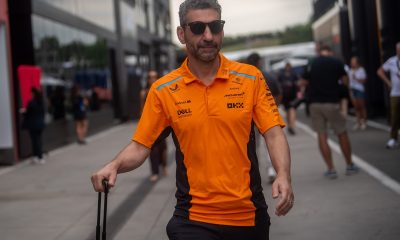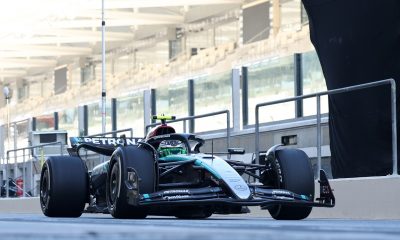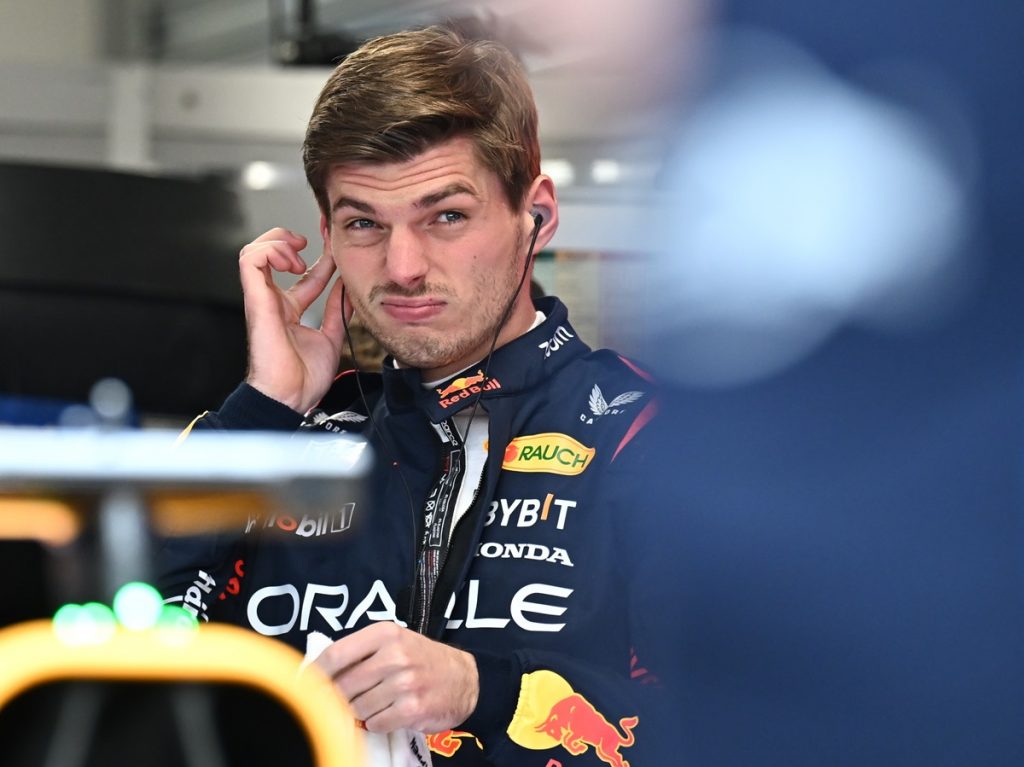With F1’s calendar expanding to 24 races last year, the push into new territories has seen some beloved races fall by the wayside.
F1 recently unveiled its calendar for the 2026 season, with Imola falling by the wayside after making its return in 2020, due to the COVID-19 pandemic, after a 14-year absence.
New venues such as Miami, Las Vegas, and Saudi Arabia have entered the F1 calendar over the last few seasons, while Spain is set to race at a new street circuit in Madrid in 2026 as it kicks off a new long-term deal, as new projects in Thailand and South Africa are eying up opportunities to join the calendar.
Lengthy calendar extensions have been announced for Miami, Australia, and Bahrain, while Zandvoort, a fan favourite, will join Imola and drop away after this year. Spa-Francorchamps will feature, on a rotational basis, until 2031, as F1 seeks to maximise revenues from new territories alongside balancing the sport’s traditional heart in Europe.
One person who isn’t pleased with the way the F1 calendar is evolving is four-time F1 World Champion Max Verstappen, who has said the schedule would look very different if he was in charge.
“Ultimately, you hope that a motorsport culture will also develop in those countries,” he told Formule 1 Magazine.
“But if it were up to me, the calendar would look very different and also have fewer races.
“Circuits that, in my opinion, deserve a ‘separate status’ and always belong on the calendar, purely on sporting grounds, are Spa-Francorchamps, Zandvoort, Silverstone, Imola, Suzuka and Brazil.”
With the calendar expanding to 24 races, there has been plenty of discourse about the number of events on the calendar, with Verstappen vocal in his belief that the volume of races is simply too grueling for the regular paddock staff as they attempt to balance home lives with their work.
McLaren’s Lando Norris is in favour of calendar rotation, saying the idea makes sense in order to fit in all the countries that wish to host a race without needing to cram the calendar full.
“I think 20 but with rotating tracks,” he said.
“Sometimes you want to go to certain places in different years. You just can’t go to all the tracks that people want to go to, it’s as simple as that.
“So it’s nice to see they’ve put some effort into organising in a slightly better way but still, it’s tough.”
Germany remains a conspicuous absentee from the F1 calendar, having last held a race in 2020 as the Nurburgring played host to the Eifel Grand Prix.
There’s no sign of that circuit returning to the calendar, nor for the Hockenheimring, which last hosted a race in 2019.
As for the Nurburgring Nordschleife, perhaps the world’s most infamous circuit, Verstappen ruled out F1 ever making a return to the 20.8-kilometre venue after his recent foray at the circuit in a GT3 circuit.
“That’s really not going to happen with the Formula 1 cars we have now, I’m afraid,” he said.
“With GT3 speed, it is okay and still doable. I have seen old footage now and then, also of Formula 1 on the Nordschleife.
“One thing is for sure: F1 there, that will never happen again. Far too dangerous.”
